
SHOULD YOU GET FILLERS? HERE’S HOW TO TELL
Beautiful, plump Kylie Jenner lips. Flawless, smooth skin that never shows even a hint of your real age. Fillers can help you match your outer beauty to the inner beauty that already exists, but are they always a wise? Is there ever a time when you shouldn’t use fillers because they aren’t the right approach?
There’s no one perfect answer to this question. Everyone is unique, and fillers may work better or worse for you depending on your goals – but that’s true for just about every beauty treatment. For individualized answers, your best bet is to schedule an appointment with your provider.
In the meantime, let’s explore this incredible treatment and help you get to know it a little bit better. Knowledge is power, and being informed will always be your number one weapon in the fight against aging.
WHAT ARE FILLERS?
So what the heck are fillers, anyway? If you’re truly new to this option, think of them like the volumizing mousse of the skin world. They plump and add volume just below, or even inside, the lower layers of your skin by taking up excess space. This, in turn, creates outward pressure that smooths the surface of your skin.
Why does this matter? Loss of tissue volume is the number one symptom of aging that leads to complaints. As we age, we begin to lose subcutaneous fat deposits, collagen stores, and elasticity. This leads to drooping, fine lines, creases, and sometimes, a crepe-like appearance.
Most fillers are comprised of one of several popular ingredients:
- Hyaluronic acid
- Polylactic acid
- Collagen
- Hyaluronic gels
- Calcium hydroxyapatite
Each ingredient offers a slightly different benefit, but hyaluronic acid (HA) is often considered the most effective. It is by far the most common choice, too, mostly because it has the desired side effect of attracting water, which helps skin stay moisturized and has a secondary plumping effect.
WHY FILLERS?
Now that we have the science of fillers down, let’s talk about why people use fillers and what kind of results they can provide.
It may surprise you, but fillers can do a lot more than just replace lost volume. If you have a skilled injector at the helm, he or she can help you do everything from create the illusion of better bone structure to minimize the appearance of features you find too strong (such as a long nose).
Here’s a few more ways they can help:
- Fine lines and wrinkles – The most standard reason to use fillers. Resolves the problem by adding volume directly under the skin.
- Balancing an asymmetrical face – Most people have at least some asymmetry (e.g., one eyebrow slightly lower than the other). Sometimes, we can use fillers to balance these differences out by boosting certain areas of the skin to create the illusion of symmetry.
- Preventing signs of aging – Specifically a benefit of certain ingredients like HA (which improves hydration) and helps stimulate collagen. Both of these fillers help your skin stay healthy and encourage collagen production, which may in some cases keep your skin plumper and stronger for longer.
- Eliminating a thin upper lip – Lots of people seem to struggle with the issue of having a really thin upper lip. Some people have thin lips on both the top and the bottom. While this just comes down to genetics, it is possible to use fillers to draw the inner lip out a bit more and create the illusion of a lush smile.
- Reduce the appearance of scars – Because fillers put outward pressure on skin from within, injections might make injury and acne scars less visible. HA-based fillers can also sometimes lighten dark spots left behind by acne breakouts in the past.
- Rejuvenate the backs of your hands – Hands often manifest signs of aging first because people use them so often. Fillers like Restylane can help you re-add volume to the skin to eliminate or reduce the skeletal appearance often associated with sagging and tissue loss.
Remember: every patient (including you) is unique, and this list is by no means exhaustive. Still, if you struggle with any of these issues, it’s worth talking to your provider to see if products like Restylane will work for you.
ARE FILLERS EVER THE WRONG CHOICE?
Yes! That’s just the honest truth. There are certain situations where you shouldn’t have fillers due to contraindications or even just because you don’t need them.
If you’re pregnant, you should wait to have fillers until after you have your baby. Ditto for nursing. Studies haven’t yet confirmed whether most products are safe to use in either situation.
If you’re under 18, fillers are generally not recommended. You’re still growing, and there are no studies to prove how safe they are in pediatric patients (at least for optional cosmetic surgeries, anyway). If you’re having lip injections, you should wait until after you turn 22 for the same reasons.
If you have an immune disease, such as HIV/AIDS, cancer, diabetes, or rheumatoid arthritis, fillers may or may not be right for you due to your increased risk for infection. You should tell your provider about your illness before your appointment – they may be able to arrange special accommodations, such as prophylactic antibiotics.
If you have a bleeding disorder, such as hemophilia, or if you are taking blood thinners (e.g., Warfarin), fillers may increase your risk for serious bleeding. Your provider can help you determine your level of risk.
If you’ve recently had another procedure, including Botox, surgery, or other fillers, you may need to hold off on additional treatments until you heal. This helps to ensure your body is in optimal condition when you start again.
If you have wrinkles without volume loss, fillers may be less effective than other options, such as Botox. Whereas Botox relaxes small muscle groups to reduce creasing, fillers add volume – and you may not need more volume if you already have it.
If you are prone to severe scarring, injectables may carry extra risks for you and the skin on your face. Be especially mindful of this fact if you’ve struggled with keloid scarring in the past or if you have a connective tissue disorder.
That may seem like a lot of reasons not to have fillers, but don’t panic. The majority of these contraindications only apply to very rare, highly specific scenarios. For the average, healthy person who just wants a few adjustments to help their natural beauty truly shine, products like Restylane are a safe, reliable, and effective choice.
Still feeling unsure? Schedule a consultation. Science has come a long way and we have a ton of methods available to help you reach your goals now.
 None
None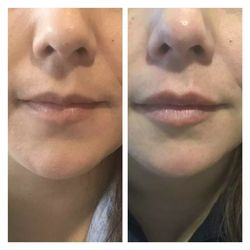 None
None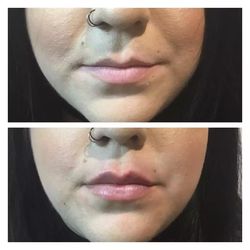 None
None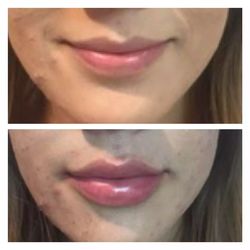 None
None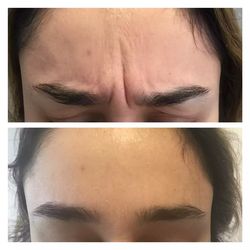 None
None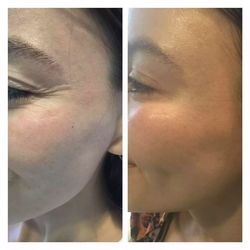 None
None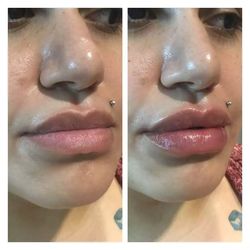 None
None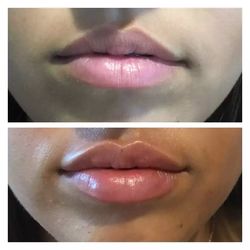 None
None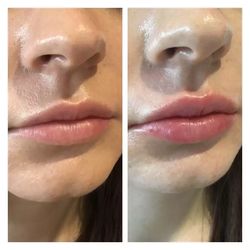 None
None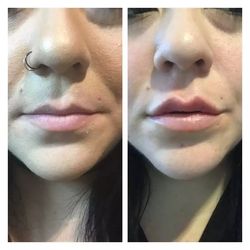 None
None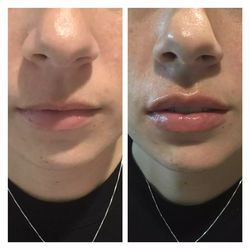 None
None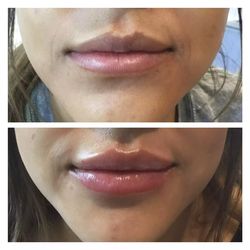 None
None None
None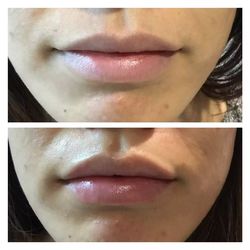 None
None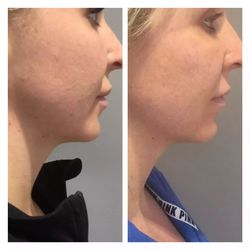 None
None None
None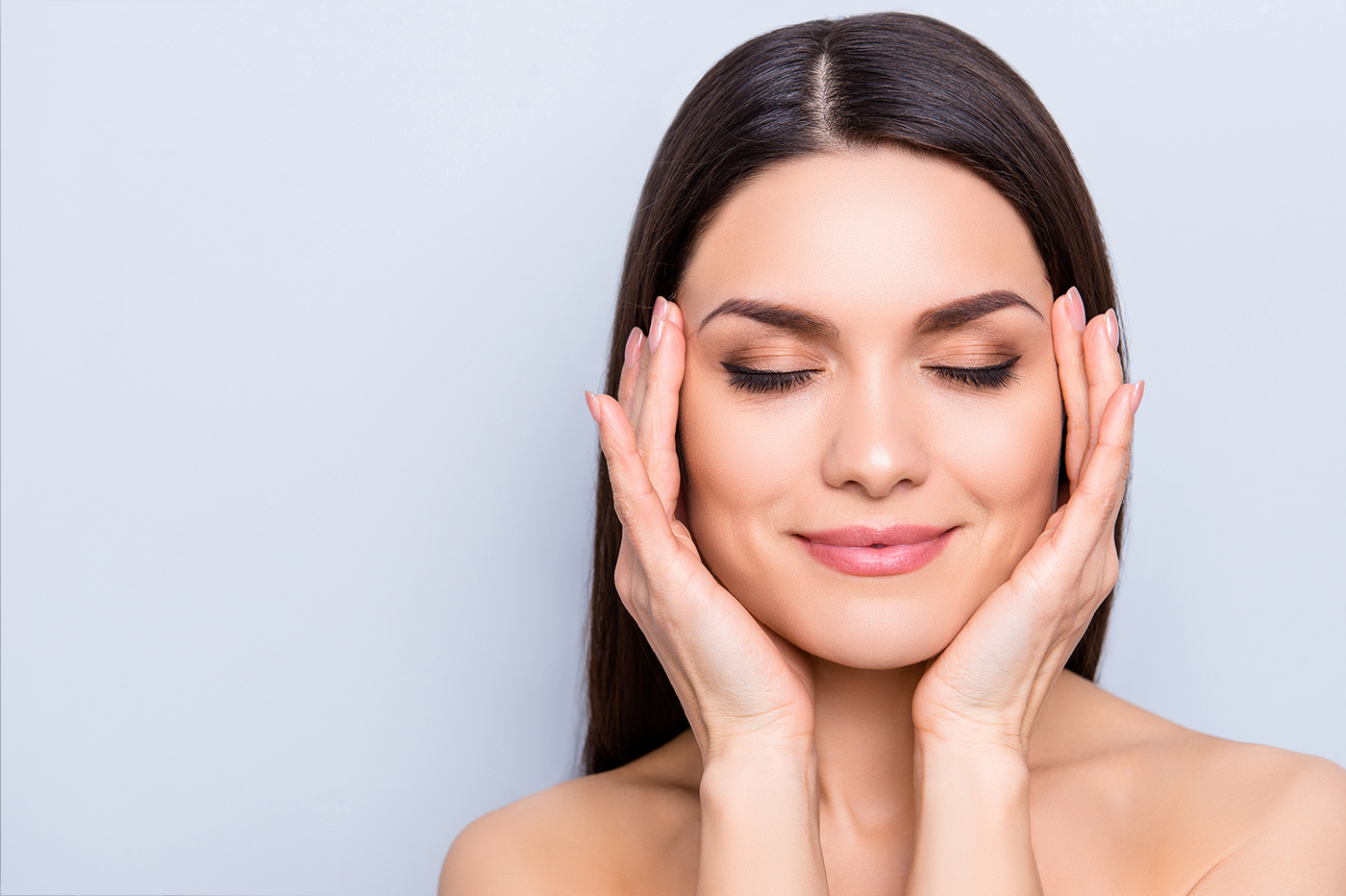
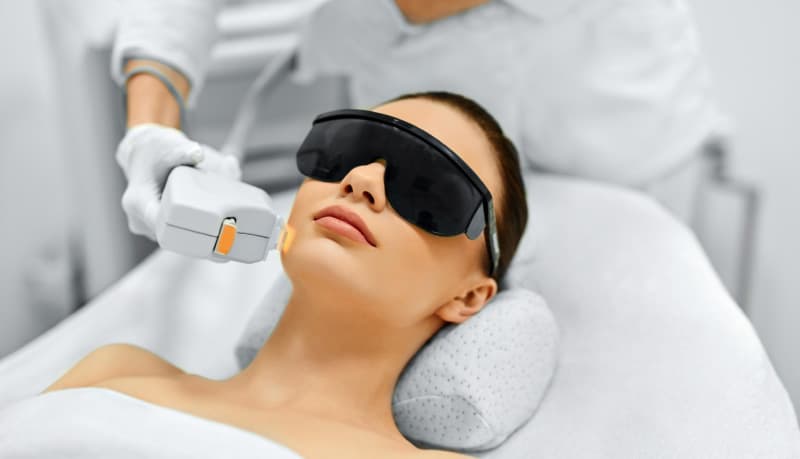









0 comments